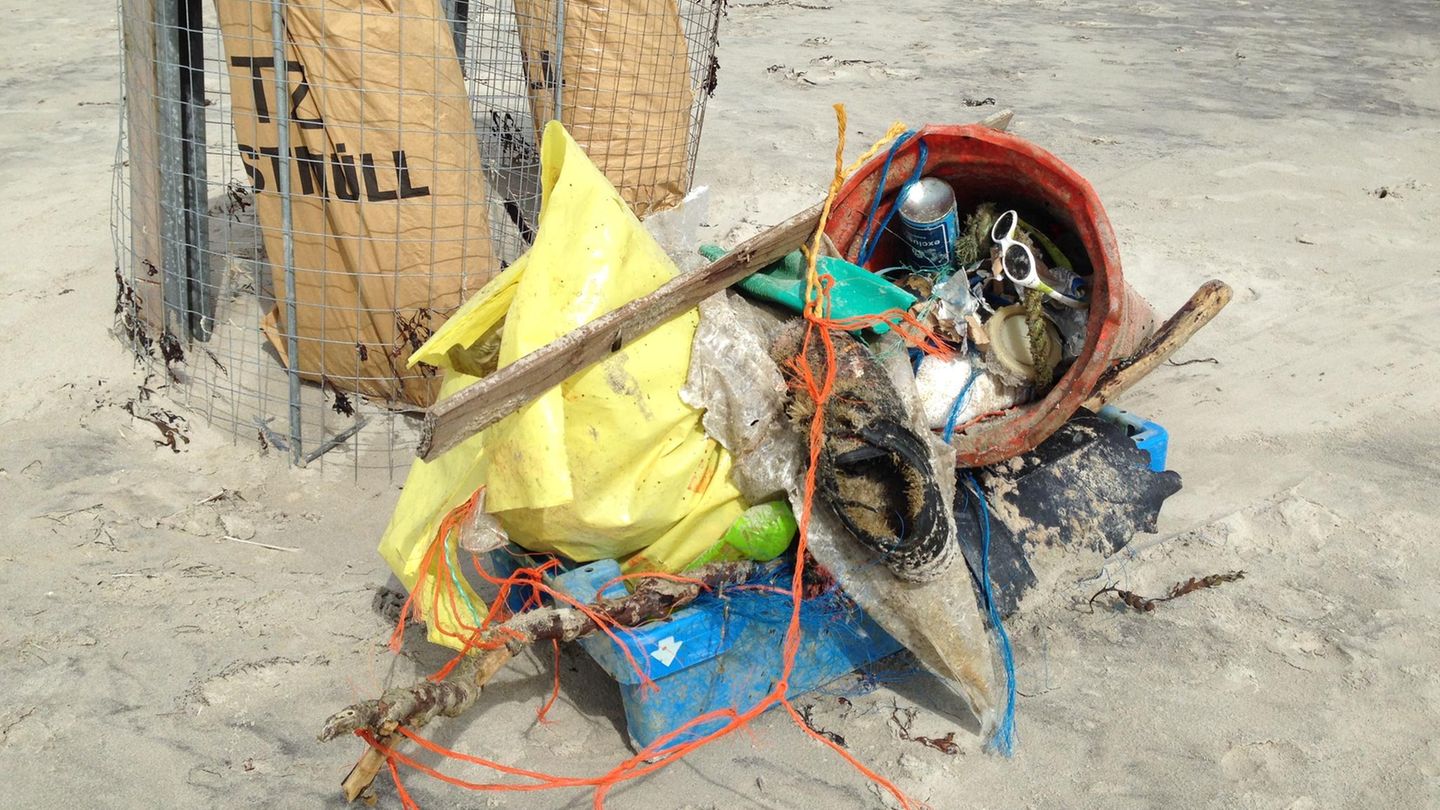With the “Polarstern” into the dwindling world at the North Pole

Lone go! The journey begins in summer. After two months’ worth of provisions and containers loaded to the brim with scientific equipment, the Polarstern cast off from Tromsø in Norway on the afternoon of August 3 at a sunny 24 degrees. With 100 women and men on board, she passes the fjord landscape and heads north. The destination of the German icebreaker is the Arctic Ocean, a region that has changed in the course of the climate change profoundly changed.
Hardly any other part of the world is currently warming up as much as this Arctic. Temperatures in the atmosphere are rising three to four times faster than the global average. One consequence of climate change is the dramatic decline in sea ice around the North Pole since the late 1970s.
At that time, scientists began to measure the extent of the ice using satellites. Since then, the summer ice cover has shrunk from a good seven to around 4.5 million square kilometers. And according to a recent study, the Arctic Ocean could be almost ice-free in just a decade.
A journey into the ice
An expedition of around 50 people Alfred Wegener Institute – Helmholtz Institute for Polar and Marine Research (AWI) in Bremerhaven wants to take a close look at the Arctic sea ice in the coming weeks and find out how the melting of the Arctic sea ice is changing the ocean; its physics and chemical composition, and life in and beneath the ice, down to the seabed. I accompany them on their journey into the ice. The leader of the expedition is the deep-sea researcher and AWI Director Antje Boetius, who has been working in the polar regions for 30 years.
“On our expedition, we want to take stock of the central Arctic, from the sea ice to the water column to the sediment,” explains Boetius on board. “The main focus here is on the four-kilometre-deep Arctic basin in the Eurasian part of the Arctic Ocean. There is a flora and fauna that, for the most part, does not occur anywhere else. At the same time, Atlantic species are migrating north to the Arctic as a result of ocean warming.” Using various cameras, sampling devices and sensors, the researchers want to explore the effects of ice melt on the food web and the diversity of life.
Antje Boetius was also in the Arctic with the Polarstern in late summer 2012 when the sea ice coverage reached a new negative record. Now she and her team want to follow the same route and repeat the measurements made back then to compare them with previous data. “This year we are leaving at a time when the ice cover is about the average of the last ten years,” she says. “But the melting season lasts until mid-September, and you can see that the ice sheet is just breaking up into individual floes across the Arctic Ocean. Exactly where we have planned the majority of our stations.”
First rehearsals north of Spitsbergen
For their measurements and sampling, the researchers want to anchor the ship on an ice floe, with which it will then slowly drift. Meanwhile, the sea ice physicists and biologists will be working on the ice floe and their colleagues on the ship will be exploring the different layers of the ocean.
If everything goes according to plan, the Polarstern will collect the first samples and data north of Spitsbergen. It will then initially travel east along the 85th degree of latitude. The Polarstern should then reach the North Pole in mid-September. The ship is expected back in Bremerhaven on October 1st.
In the first few days, the researchers on board set up their laboratories, set up and tested devices and planned the upcoming research work together with the ship’s crew. During a short stopover near Longyearbyen on Svalbard, important sensors that had not made it to Tromsø in time were taken on board.
During the night from Sunday to Monday, the Polarstern finally reached the edge of the sea ice. The further occurrence now depends primarily on the ice situation. Using satellite images, the researchers will soon select a large ice floe to moor there and study changes in the Arctic.
The current sea ice situation at the poles and the current location of the “Polarstern” can be found on the website www.meereisportal.de find.











